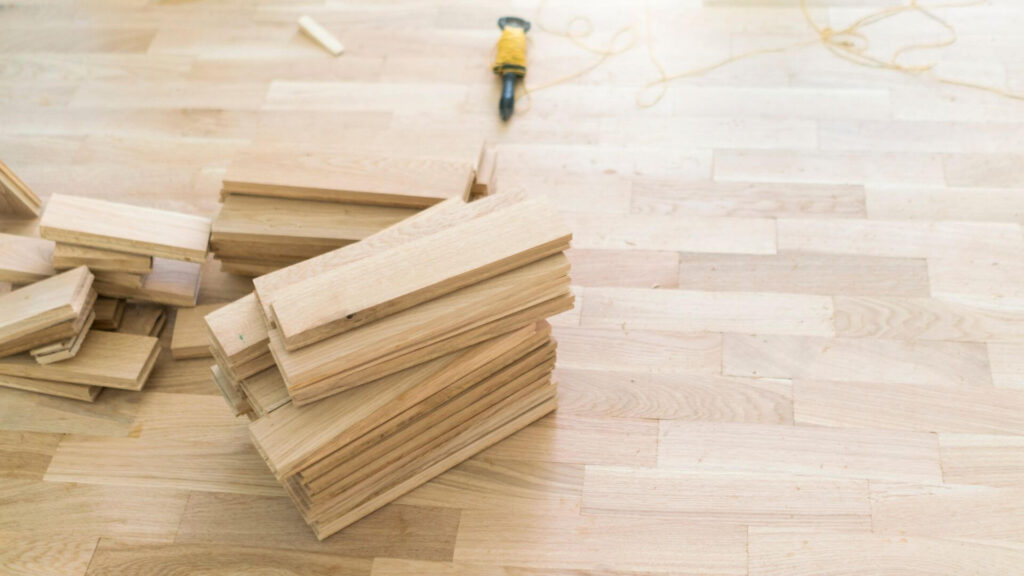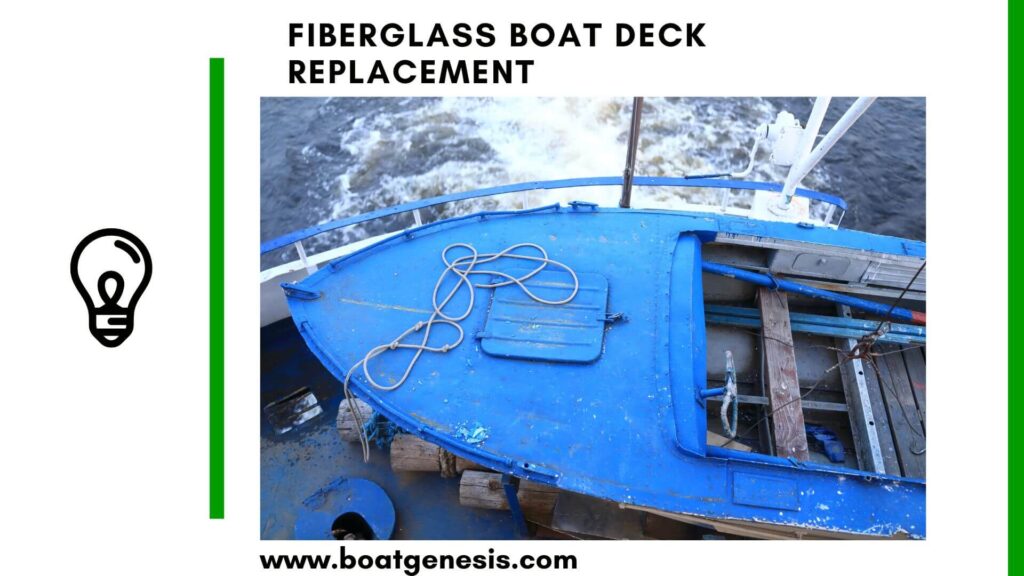Soft spots in your fiberglass boat floor aren’t just annoying—they’re a structural red flag. Water intrusion causes the plywood core to rot, making the deck unsafe over time.
If you’re wondering how to repair a soft fiberglass boat floor, this guide breaks it down into 8 clear, actionable steps. From inspection to sealing, you’ll learn exactly what it takes to restore strength and safety to your deck without wasting time or materials.
Let’s get started.
KEY TAKEAWAYS
- Soft boat floors are often caused by water intrusion through cracked fiberglass or poorly sealed hardware, leading to rotted plywood cores.
- Thorough inspection and drying are essential first steps before any repair begins.
- Epoxy sealing and rebonding techniques can restore delaminated areas, while full replacements are needed for severely damaged sections.
- Expanding marine foam and layered rebuilds can fill cavities and restore structure where the core is completely compromised.
- Proper sealing and surface finishing ensure long-lasting protection and a smooth, durable floor.
- Prevent recurrence by regularly improving drainage, sealing cracks early, and monitoring moisture-prone areas.
Why Do Fiberglass Floors Go Soft?
Fiberglass boat floors are a sandwich composite construction. The top layer is made of hardened fiberglass set in resin. Underneath is a core of marine-grade plywood encased in fiberglass. The wood adds stiffness without substantially increasing weight.
Over time, the protective fiberglass skins can develop microscopic cracks or become porous. Moisture then intrudes through the surface. It eventually reaches and saturates the wood core. Prolonged wetness causes the plywood to delaminate and rot away. As it deteriorates, the floor loses its reinforcement and turns soft or spongy.
This process advances fastest where water persistently pools and lingers. Bilge areas under floor panels and near improperly sealed hardware or leaks see the most degradation.
How to Repair a Soft Fiberglass Boat Floor?
Here are my recommended steps to repair a soft fiberglass boat floor.
1. Careful Inspection Comes First

Start any repair by systematically inspecting the whole floor. Search for surface cracks or bubbles in the gelcoat. Press firmly with your foot to locate soft or flexing areas.
Use a moisture meter to detect if water has infiltrated below the surface. Tap with a coin or knuckle to listen for dull, dead sounds indicating soaked wood.
Mark off all affected regions. Use an awl to poke into these areas and judge how deeply the core wood has rotted. Gently pry up any loose fiberglass skin for visibility.
Consider cutting a small inspection hole if needed. Photograph and sketch details to inform your repair strategy.
2. Drying Out is Critical
Before rebuilding saturated areas, the boat must be fully dried out. Remove floor panels to access inner hull sides and stringers.
Use fans, heaters and dehumidifiers over several days to eliminate all moisture.
Check with a meter that moisture levels are down to acceptable norms.
3. Sealing Out Moisture
Preventing recurrence means completely sealing and waterproofing the exposed wood core.
Thoroughly sand affected areas to open the fiberglass pores.
Mix and thoroughly work two-part epoxy deep into the grain.
Apply additional coats until a water-impenetrable barrier that seals out moisture for the long term.
4. Rebonding Delaminated Skin
Over swaths where the fiberglass skin has detached from the core, use adhesive fillers to rebond it. Remove any remaining loose pieces and roughen the underside.
Mix polyester resin thickened with filler and apply it as structural glue to fill gaps and reconnect the skin. Weight it down while curing. Then, grind smooth.
5. Replacing Badly Damaged Areas
For sections too badly deteriorated to save, cut out and replace the flooring composite. Mark cut lines several inches beyond poor areas to ensure the inclusion of sound perimeter material.
Use a circular saw adjusted for shallow depth. Make vertical side cuts first, then remove the piece.
Trim replacement material to achieve a precision fit. Coat bonding surfaces with adhesive. Join the new piece, weigh it down and allow the glue to fully cure before continuing.
==>> Read more about Fiberglass boat floor replacement here.
6. Expanding Foam for Filling Cavities
Where the core wood completely disintegrated, fill in the remaining cavities to support the surface skin. Clean out loose debris.
Spray-expanding marine-grade polyurethane foam formulated for below-waterline use. Apply gradually, allowing a full rise between passes.
Smooth flush with the surrounding floor.
==>> Read my full instructions for repairing a fiberglass boat floor here.
7. Reconstructing Core and Skin Layers
In badly compromised spots, rebuilding the floor’s layered composition is needed.
Cut away any loose skin. Soak new plywood strips in resin. Laminate them in place as a restored core using thickened epoxy.

Apply fiberglass cloth over this while it is still tacky. Saturate thoroughly with resin to integrate into a rigid patched area.

8. Sealing the Surface
Finally, seal the repaired floor using resistant epoxy. Sand to improve adhesion. Mix slow-cure resin and hardener and spread evenly 1/8 inch thick.
For extra strength, embed fiberglass cloth into this wet layer. Let fully harden overnight. Sand again lightly and recoat as needed to get a smooth protected surface.
Preventing Recurrence
To gain longevity from repairs, improve drainage and reduce moisture exposure going forward.
Check bilges frequently for water intrusion. Keep compartments under floors well-ventilated. Address any new cracks immediately before they mushroom.
Consider adding watertight floor panels or marine vinyl membranes for further assurance.
Final Thoughts
With determination and the right techniques, you can defeat soft floor syndrome. And get back to enjoying your boat with confidence in a sturdy restored deck. Just take pains to keep moisture out this time around.
Hope the tips mentioned in this article have helped you fix your soft fiberglass boat floor.
If you have any questions, you can leave them in the comment section below, or you can simply reach out to us at info@boatgenesis.com.

Founder of BoatGenesis, Warren has hands-on experience in fiberglass boat repairs, marine equipment testing, and powerboat building. Learn more about Warren.




